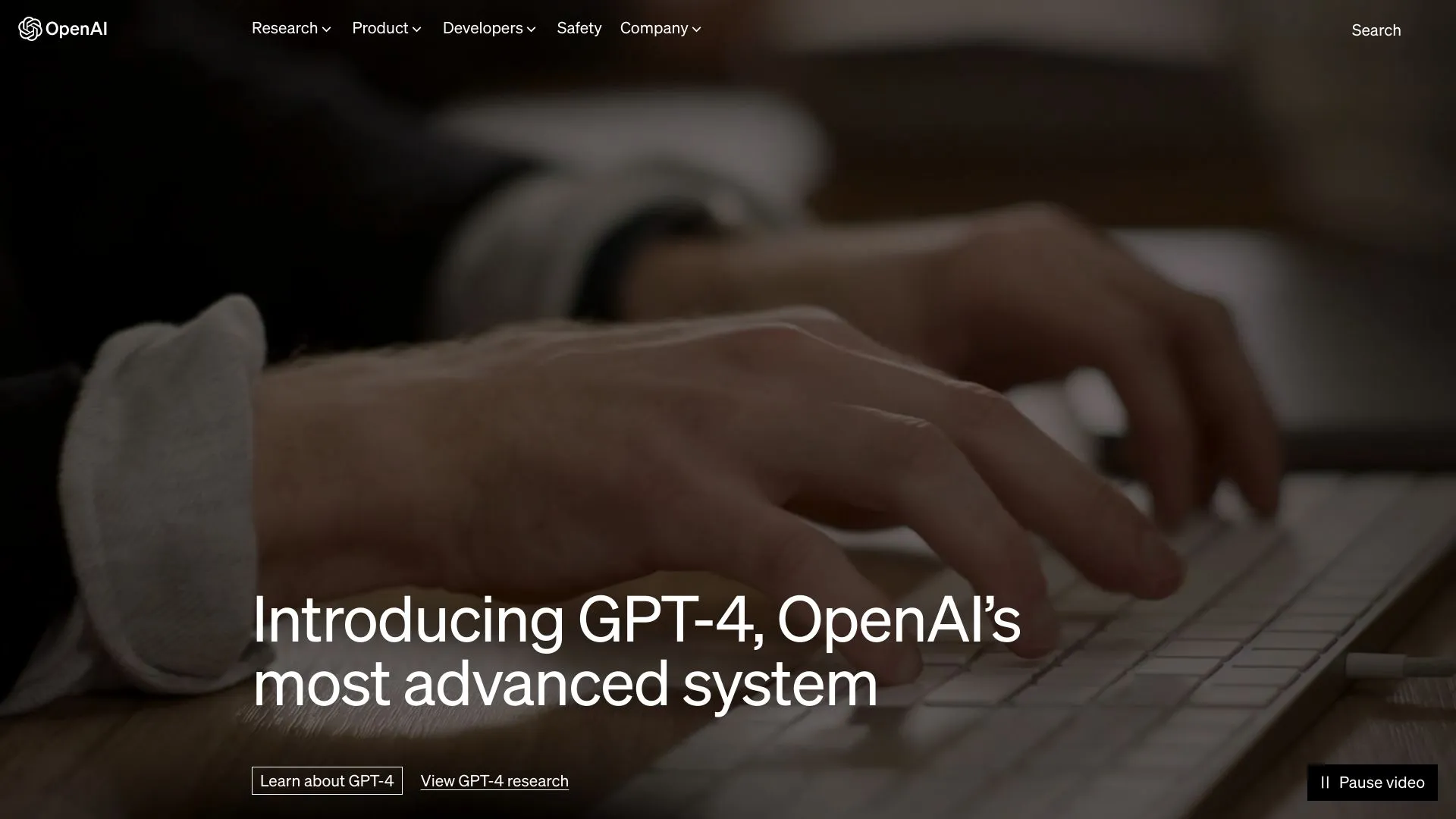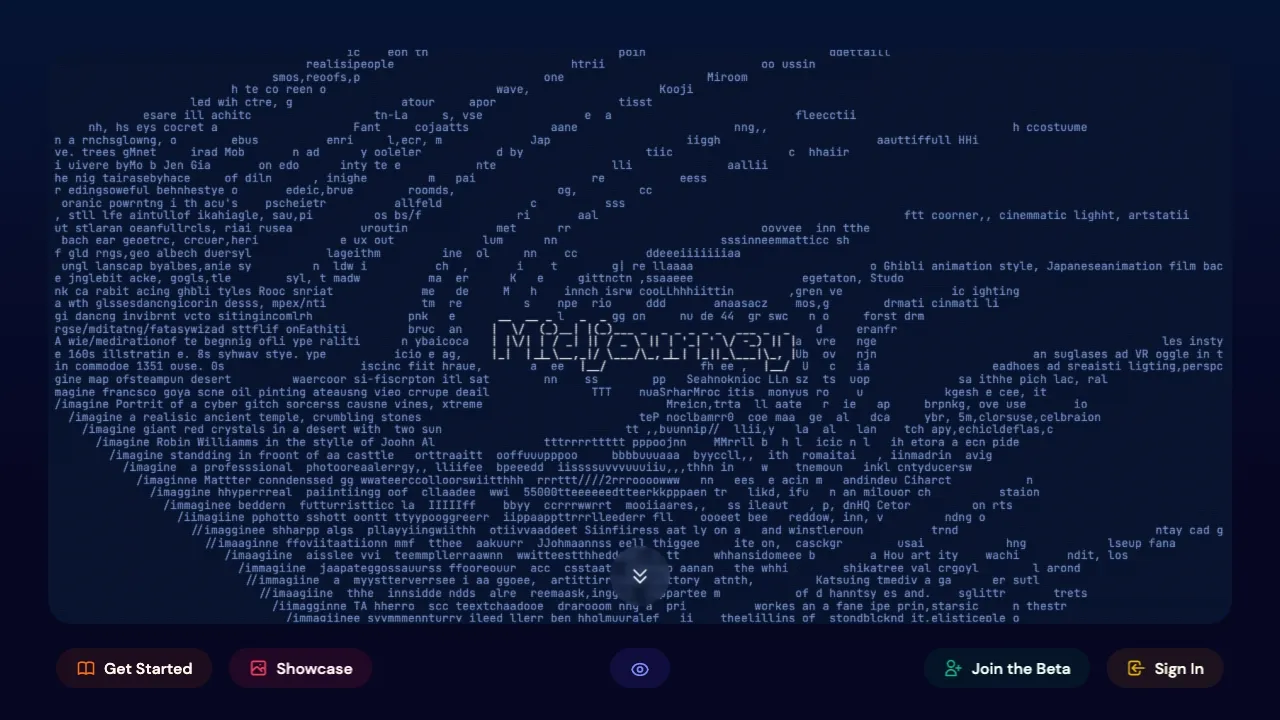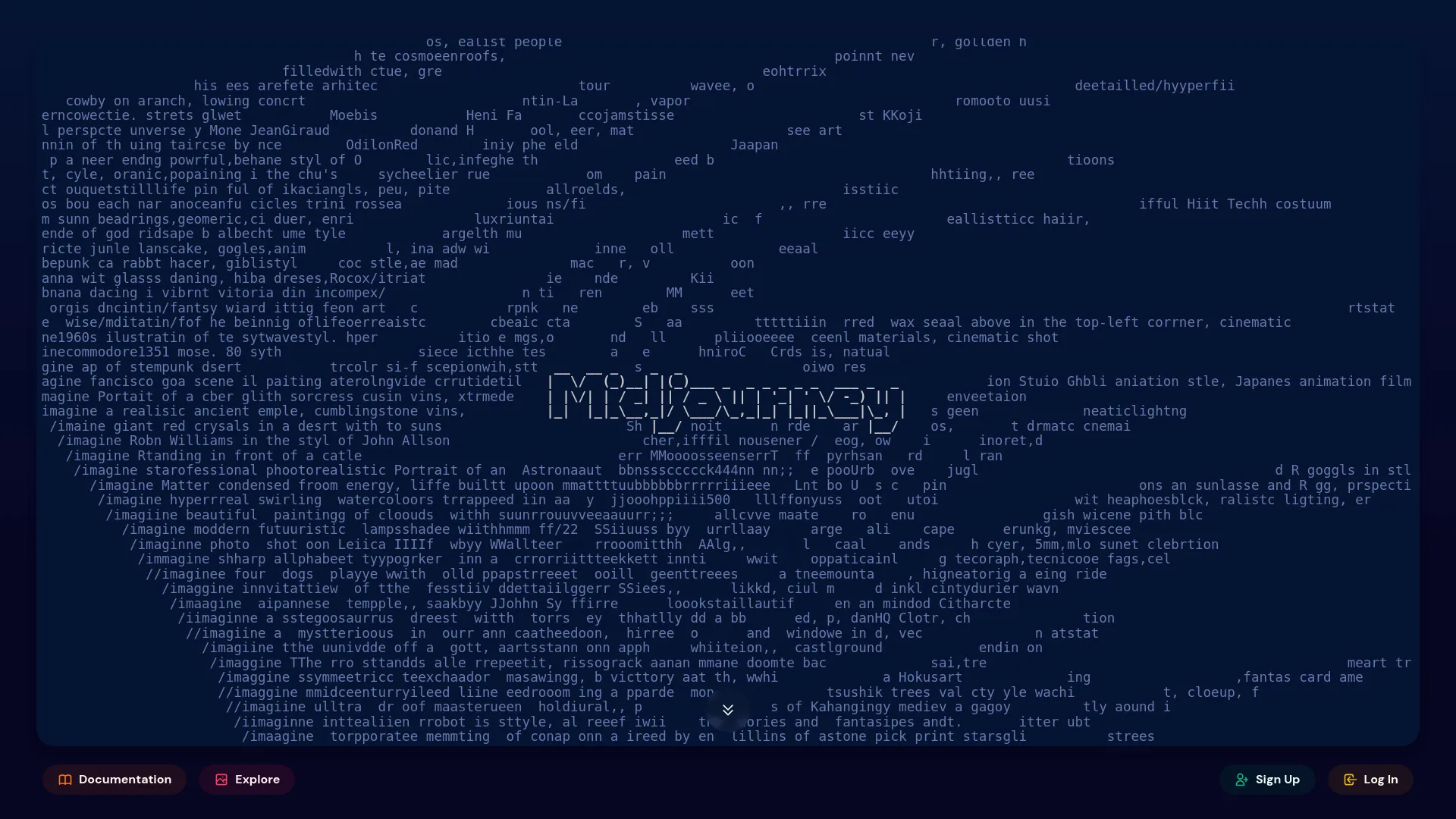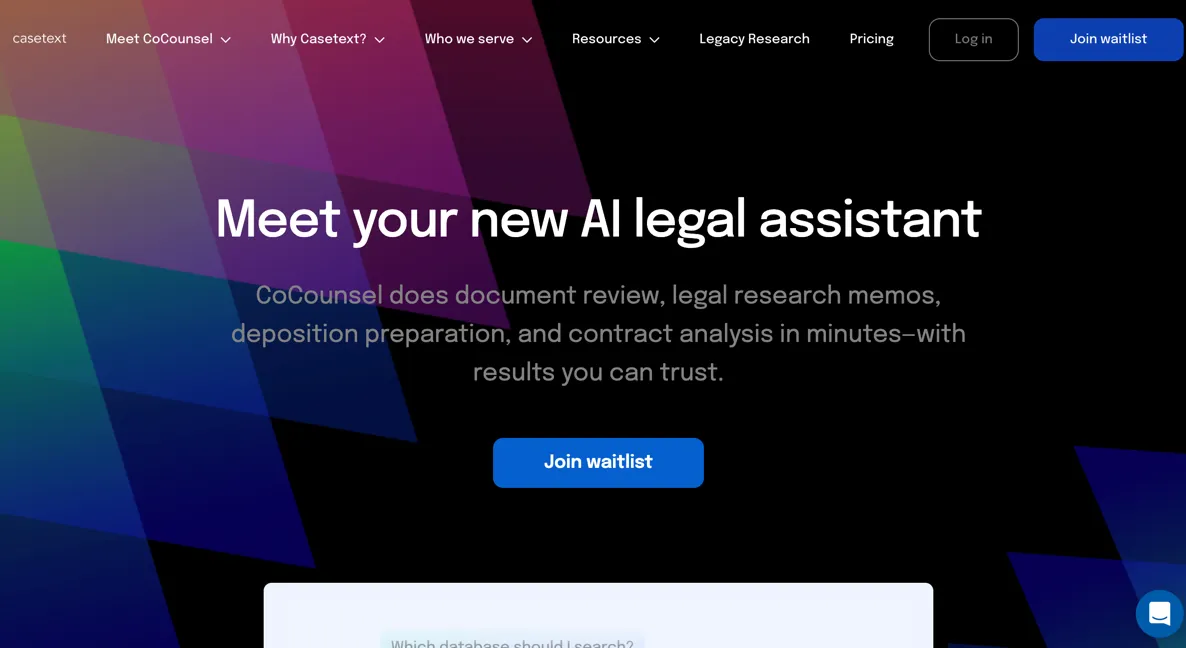
OpenAI  Open site
Open site
4.7
Introduction:
OpenAI is an artificial intelligence research organization dedicated to advancing digital intelligence in a way that is safe and beneficial for humanity. Founded in December 2015, OpenAI aims to ensure that artificial general intelligence (AGI) serves the interests of all people. The organization conducts research in various AI domains, including machine learning, natural language processing, and robotics, fostering collaboration among researchers and developers.Committed to transparency and ethical practices, OpenAI promotes the responsible use of AI technologies. The organization shares its findings, tools, and resources with the broader community, empowering individuals and organizations to harness the potential of AI. By prioritizing safety and ethical considerations, OpenAI seeks to address the challenges and opportunities presented by advanced AI systems, ultimately striving to create a positive impact on society.
Monthly Visitors:
546.5M

What is OpenAI?
OpenAI offers advanced natural language processing capabilities, allowing for coherent and context-aware text generation. This enables users to create articles, stories, and dialogues that closely resemble human writing, enhancing communication in various applications.
The platform supports a wide range of conversational abilities, making it suitable for chatbots and virtual assistants. Its understanding of context allows for dynamic and engaging interactions, improving user experience in customer service and personal assistance.
OpenAI is designed to learn from user interactions, continuously improving its responses and understanding. This adaptability ensures that the model remains relevant and effective in addressing diverse queries and topics over time.
Furthermore, OpenAI emphasizes ethical AI use, incorporating guidelines to avoid harmful content generation. This commitment promotes responsible AI deployment, fostering trust and safety in applications across different industries.
Key Features:
- OpenAI offers advanced natural language processing capabilities, allowing for coherent and context-aware text generation. This enables users to create articles, stories, and dialogues that closely resemble human writing, enhancing communication in various applications.
- The platform supports a wide range of conversational abilities, making it suitable for chatbots and virtual assistants. Its understanding of context allows for dynamic and engaging interactions, improving user experience in customer service and personal assistance.
- OpenAI is designed to learn from user interactions, continuously improving its responses and understanding. This adaptability ensures that the model remains relevant and effective in addressing diverse queries and topics over time.
- Furthermore, OpenAI emphasizes ethical AI use, incorporating guidelines to avoid harmful content generation. This commitment promotes responsible AI deployment, fostering trust and safety in applications across different industries.
Pros
OpenAI fosters innovation in artificial intelligence, driving advancements that can enhance various sectors, including healthcare, education, and finance. Its research leads to new technologies that improve efficiency and productivity, ultimately benefiting society as a whole.
The organization emphasizes ethical AI development, prioritizing safety and fairness. By addressing potential biases and promoting transparency, OpenAI aims to create AI systems that are responsible and aligned with human values, reducing risks associated with misuse.
OpenAI promotes collaboration within the AI community, encouraging knowledge sharing and partnerships. This cooperative approach accelerates progress and leads to more robust solutions, ensuring that advancements in AI are accessible and beneficial to a wider audience.
Cons
OpenAI's models can produce biased outputs, as they learn from a wide range of internet text that may contain societal prejudices. This can lead to reinforcement of stereotypes or the generation of inappropriate content, making it crucial for developers to implement rigorous content moderation and bias detection measures.
The reliance on large datasets raises concerns about privacy and data security. If sensitive information is inadvertently included in the training data, it could lead to unintentional disclosure, posing risks to individuals and organizations alike.
OpenAI's technology can be misused for malicious purposes, such as generating misleading information or deepfakes. This potential for abuse highlights the need for responsible use guidelines and careful monitoring to prevent harm and ensure ethical application.
Lastly, the complexity of OpenAI’s models can make them difficult to understand and interpret. This lack of transparency can hinder trust among users and impede the adoption of AI technologies, as stakeholders may be wary of relying on systems whose decision-making processes are not easily explainable.
OpenAI's Use Cases
#1
AI research and development#2
AI applications in different industries#3
Exploring new possibilities with AI#4
AI for improving work productivity#5
AI for enhancing creativity
OpenAI Reviews
OpenAI is a pioneering organization in artificial intelligence, known for its innovative models like GPT-3 and ChatGPT. Their technology excels in natural language processing, providing users with powerful tools for communication, creativity, and problem-solving. The commitment to ethical AI development is commendable, though the potential for misuse remains a concern. Overall, OpenAI is shaping the future of AI with impressive advancements while navigating the challenges that come with it.
Alternative of OpenAI

12.6M
5.0
Midjourney is an innovative AI-powered platform designed to generate stunning visual art from textual prompts. By leveraging advanced machine learning algorithms, it enables users to create unique and imaginative images that reflect their ideas and concepts. The platform is particularly popular among artists, designers, and creative professionals who seek inspiration or wish to enhance their projects with AI-generated visuals.The intuitive interface allows users to easily input descriptive text, and within moments, Midjourney produces high-quality artwork that aligns with the provided instructions. This groundbreaking tool not only democratizes art creation but also opens up new avenues for creativity, allowing anyone to explore the boundaries of their imagination and produce captivating imagery with minimal effort.
Research Tool
12.6M
5.0
MidJourney for Web is an innovative platform designed to enhance the creative process through AI-generated art. It allows users to generate stunning visuals effortlessly by simply inputting textual prompts. The platform is built for accessibility, enabling creators of all skill levels to experiment with and realize their artistic visions without needing advanced technical knowledge.By harnessing cutting-edge machine learning algorithms, MidJourney transforms descriptions into unique images, making it an invaluable tool for artists, designers, and content creators. The user-friendly interface facilitates seamless interaction, allowing users to refine their ideas and explore a multitude of styles and concepts. This democratization of art creation empowers individuals to push the boundaries of their creativity and explore new possibilities in visual storytelling.
Research Tool
9.4M
4.6
Semantic Scholar is an advanced academic search engine designed to enhance the research experience for scholars and students. Utilizing artificial intelligence, it helps users discover relevant papers, understand literature trends, and access key information quickly. The platform aims to streamline the process of finding and exploring scholarly articles across various disciplines, making it easier for researchers to connect with the information they need.With features such as citation graph visualization, topic summaries, and personalized recommendations, Semantic Scholar stands out as a valuable tool for anyone engaged in academic research. It empowers users to delve into a wealth of knowledge, facilitating deeper insights and fostering collaboration within the research community. By bridging the gap between vast amounts of data and user needs, Semantic Scholar plays a crucial role in advancing academic inquiry and innovation.
Research Tool
5.7M
4.8
ChatPDF is an innovative tool designed to enhance the way users interact with PDF documents. By using advanced artificial intelligence, it allows individuals to engage in natural language conversations about the content of their PDFs. This functionality simplifies the process of extracting information, making it easier for users to find answers to specific questions or to gain insights from lengthy documents without the need to read them in their entirety.The platform is user-friendly, catering to both casual users and professionals alike. It supports a wide range of PDF formats and provides a seamless experience for obtaining relevant information quickly. ChatPDF aims to transform how people manage and utilize their documents, streamlining workflows and improving productivity across various fields. With its intuitive interface, it makes interacting with complex documents more accessible and efficient.
Research Tool
4.9M
4.5
Casetext is an innovative legal research platform designed to enhance the efficiency and effectiveness of legal professionals. By leveraging advanced artificial intelligence, Casetext provides users with powerful tools to search through vast databases of legal documents, cases, and statutes. Its user-friendly interface allows attorneys to quickly find relevant information, streamlining the research process and enabling them to focus on building strong legal arguments.In addition to its comprehensive legal database, Casetext offers features like CoCounsel, an AI-powered assistant that helps users draft documents, conduct research, and analyze case law. By integrating cutting-edge technology with traditional legal practices, Casetext aims to empower lawyers and improve access to legal resources, ultimately transforming the way legal research is conducted and enhancing the overall practice of law.
Research Tool
4.3M
4.5
Scispace is a comprehensive platform designed to streamline the research and writing process for academics and professionals. It offers a range of tools that facilitate collaboration, allowing users to manage and share their work seamlessly. With features like real-time editing, citation management, and access to a vast library of research papers, Scispace aims to enhance productivity and foster innovation in scientific communication.The platform caters to the needs of researchers by providing a user-friendly interface that simplifies complex tasks. From formatting manuscripts to exploring relevant literature, Scispace supports users at every stage of their research journey. By integrating advanced technology with an intuitive design, it empowers individuals and teams to focus on their core research activities, ultimately contributing to the advancement of knowledge across various fields.
Research Tool